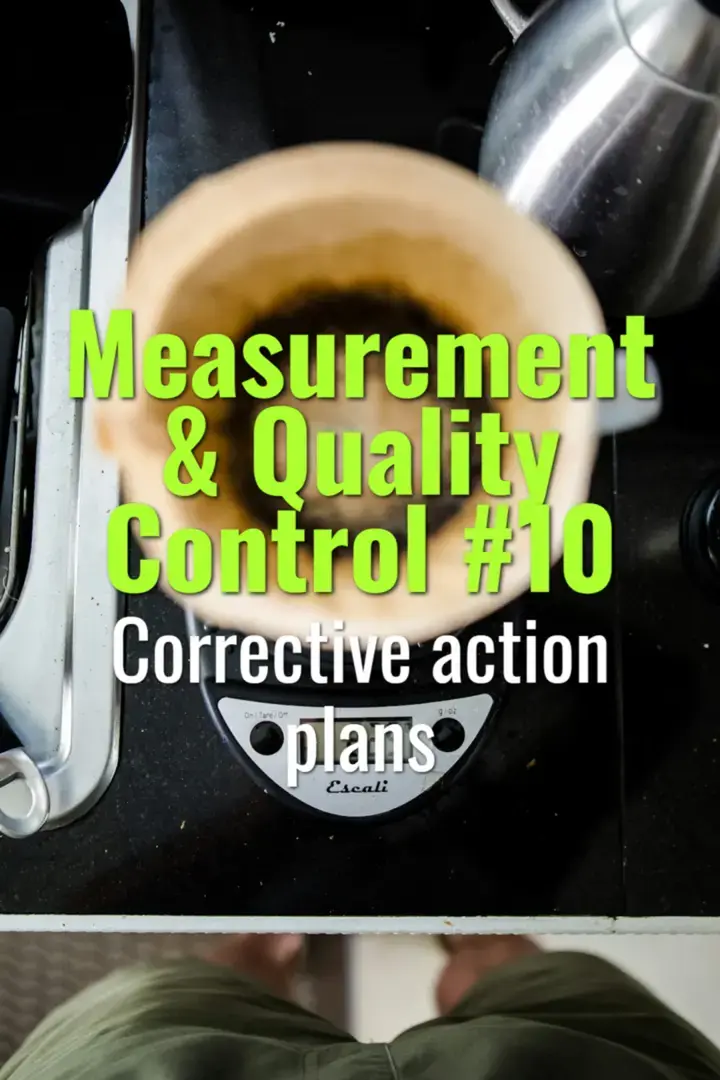Corrective action plans
How to design and implement corrective action plans (CAPs) to address quality deviations and prevent recurrence in coffee production and brewing.
- Coffee Basics Nerds
- 1 min read

Corrective Action Plans (CAPs)
-
Definition: Structured responses to quality control failures that identify the root cause, implement fixes, and ensure prevention.
-
Steps in a CAP:
- Identify the Deviation: Detect through QC logs, cupping scores, or equipment readings.
- Root Cause Analysis: Use tools like the 5 Whys or Fishbone Diagram to pinpoint whether the issue comes from green coffee, roasting, grinding, brewing, or water chemistry.
- Immediate Correction: Apply quick fixes (e.g., adjust grind size, recalibrate scale, or re-roast a small test batch).
- Long-Term Preventive Action: Revise SOPs, retrain staff, or adjust supplier requirements.
- Documentation: Record the issue, corrective measures, and follow-up results in QC logs.
-
Examples in Coffee:
-
Issue: Espresso shots running too fast.
-
Correction: Finer grind, verify tamping pressure.
-
Prevention: Add burr sharpness checks to maintenance SOP.
-
Issue: Roast consistently underdeveloped.
-
Correction: Extend Maillard phase.
-
Prevention: Update roast profile and retrain roasters.
-
Benefits:
-
Improves product consistency and reduces repeat defects.
-
Strengthens accountability through documented responses.
-
Builds customer trust by demonstrating quality commitment.
Summary
Corrective action plans create a systematic framework for resolving QC deviations, preventing recurrence, and continuously improving coffee quality across all stages of production and brewing.